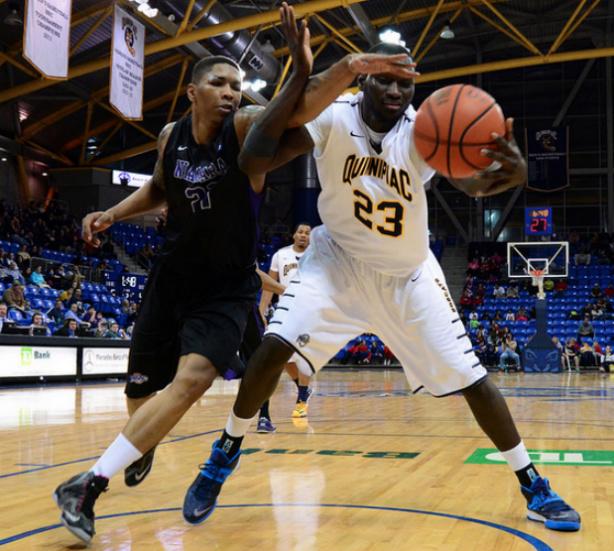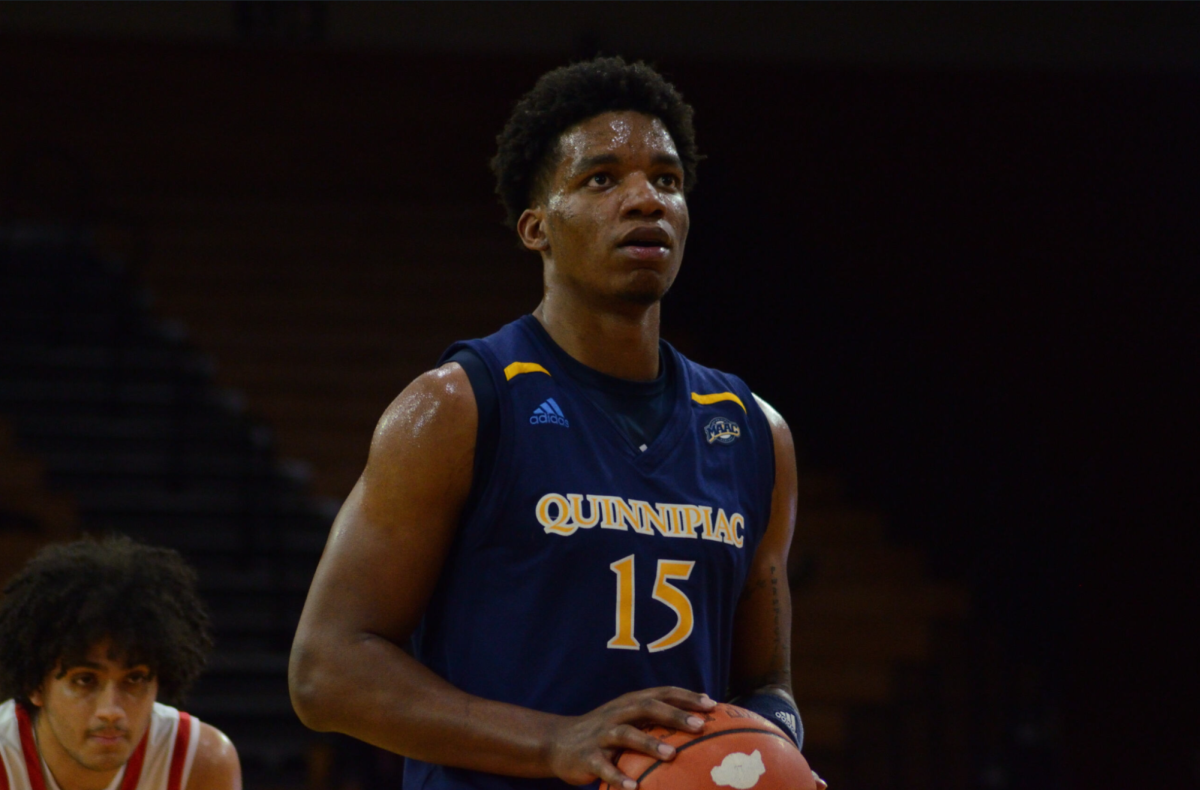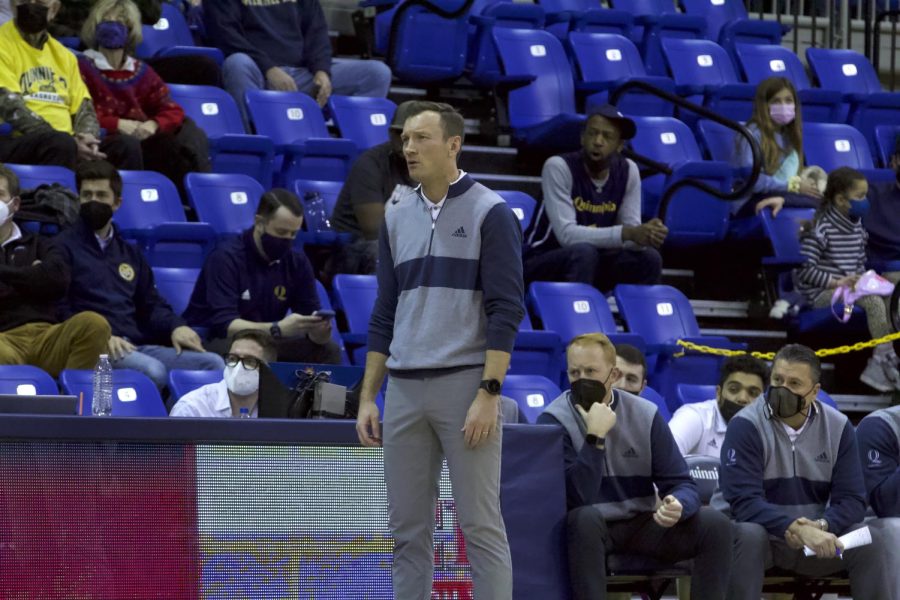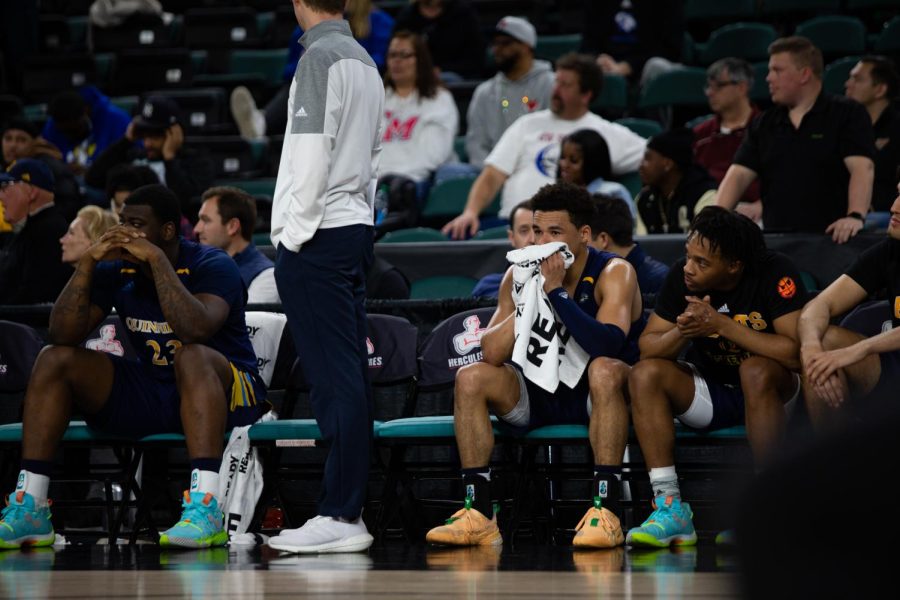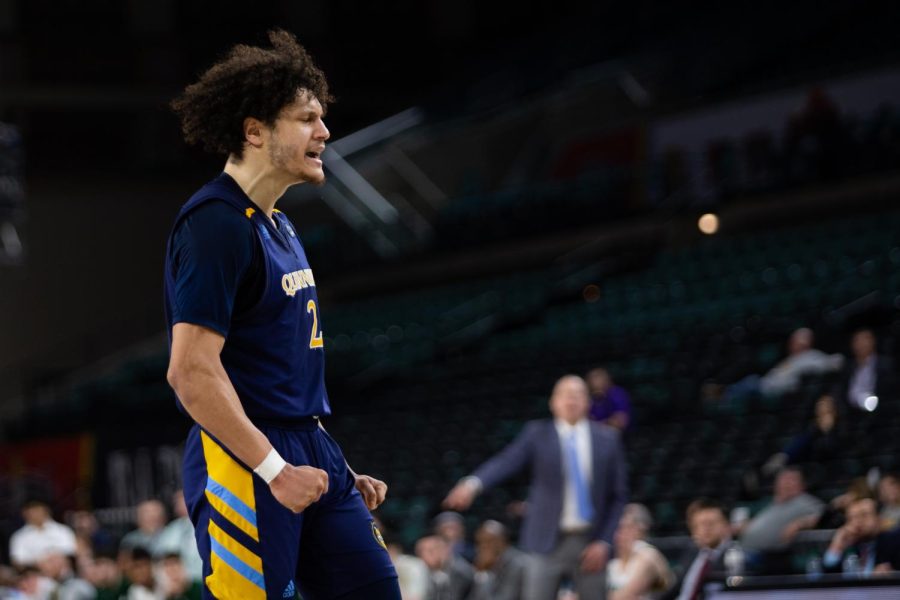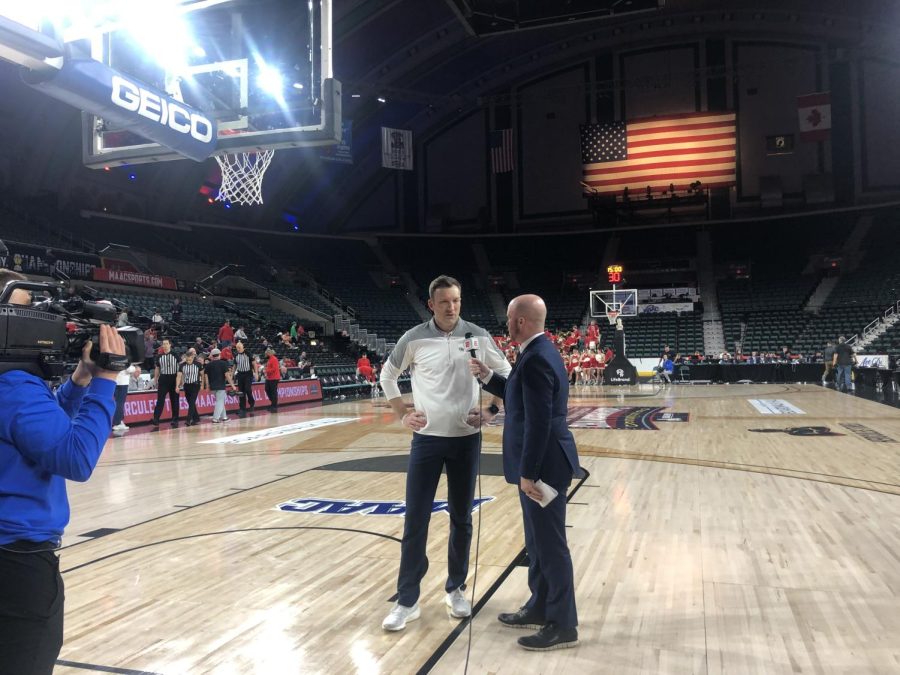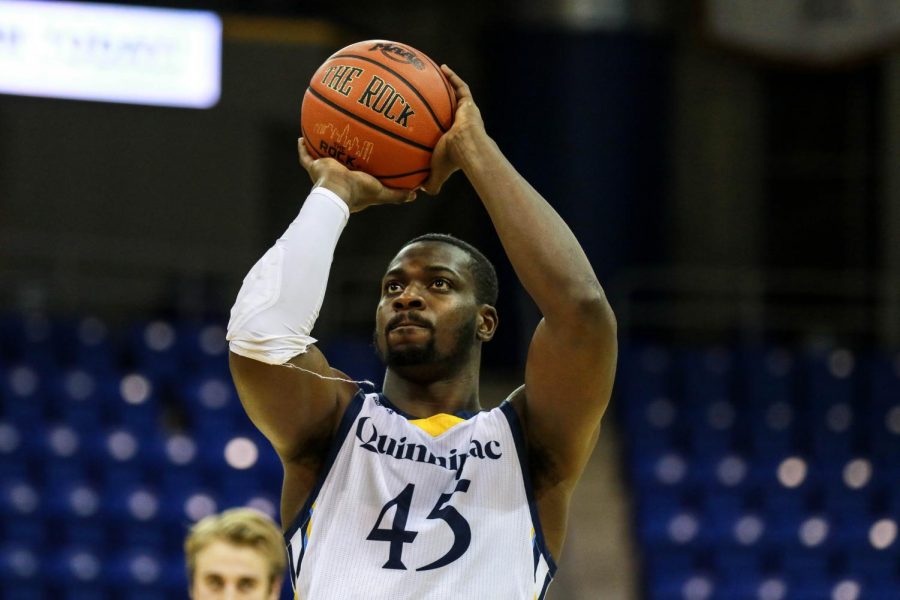Courtesy: QBSN
Injuries can stop athletes in their tracks and one wrong step can end a career, but sometimes players can come back better than ever after a few weeks of rest and rehabilitation. Some injuries are dominant in one particular sport while rarely occurring in another. They take the player away from what they know best, and recoveries can be uncertain. Time away from the field or court can be time lost for the athlete, and often the player will never be in the condition they were before the injury.
It can be difficult to determine when a player is healthy enough to return and when their condition returns to what it was pre-injury. In basketball, a common injury is a meniscus tear and according to The American Journal of Sports Medicine, basketball players are more prone to the injury than the general population or an athlete of another sport.
Recovery from a meniscus tear is vague, making returning to the field or court specific to the case. A meniscus is tissue at the knee that acts as a cushion between the bones of the upper and lower leg. Pivoting and twisting can cause injury to this area and are major components of basketball, making meniscus injuries common on the court.
Quinnipiac senior forward Ousmane Drame is no stranger to this type of injury, having suffered from a meniscus tear last year. After hearing the diagnosis, Drame was worried about not being able to play for six to seven months, something he had never done in his basketball career until now.
There are a few options for recovery for a meniscus tear, including an operative and non-operative treatment.
“Typically, a course of icing, anti-inflammatories, and activity modification can improve a mild injury over the course of a month,” said Sean Hazzard, head orthopedic surgeon for the Boston Red Sox and head team physician for the Boston Bruins. “If patients continue to have pain, surgery may be indicated.”
Drame opted for surgery, and the majority of his summer was spent recovering.
“Meniscus surgery consists of either trimming the meniscus (90+ percent of the time), or repairing the meniscus tear,” Hazzard said. “Trimming the meniscus usually limits people for approximately four-to-six weeks before they can start to return to normal activity. If it is repaired, it is often six months before they are cleared to start normal activity.”
Drame underwent surgery to his meniscus last May, but was ready to go for the opener against Yale. He was cleared to begin resume running in late-October, just prior to the school’s “Bobcat Madness” pep rally kicking off the season. “I’m more mindful and cautious in a way too,” Drame said regarding his current state. “My movement on the court is slower than before.”
Hazzard suggests it could take three months for a basketball player to reach full-strength from a tear, but Drame revealed to Q30 Sports his knee has yet to fully recover.
“It’s about 80 percent,” he said. “And I’m not really sure when it will be at 100 percent, but I’m guessing probably after the season when I stop playing for a while.” With the progress Drame has made so far, it is expected that he will continue improving as the weeks go on. The trainers did not rush the recovery, something he said was very helpful in getting back on the court with such strength.
The fact that he has largely stayed on the court thus far this season is impressive. Drame has started 12 of 13 games this year and is averaging 13.5 points per game with 10.1 rebounds per contest as well. The 6-foot-9 forward has shown his strength with the impact he has had on the team so far. He averages nearly 30 minutes a night, alongside more than three blocks per game.
Even he is baffled at how he has kept productivity up. “I don’t know,” he said. “It’s the responsibility I have. I make it more of a team thing.” He said even though he was not 100 percent, he wants to give the team everything he has.
Recovered players are not at a higher risk of re-injuring the area during a game, Hazzard said. “But [they] may get sore from time to time and necessitate a period of rest,” he said.
Playing in general was the hardest thing for Drame during the recovery. Getting back to the way he was, jumping, running and being in constant pain have made the recovery a difficult process for him. He says he now makes sure to work on the little things like the muscles near the injury and strengthening certain muscles to get back in shape.
Coach Tom Moore says Drame also suffers from knee tendonitis, but according to Hazzard, this should not affect the recovery time for the meniscus injury.
“Tendonitis (often patella tendonitis) is not often associated directly with meniscus tears and shouldn’t affect each other directly,” Hazzard said.
Drame does not believe tendonitis has impacted his meniscus recovery, but it was something he previously worried about and thinks of it as something he has to deal with on top of the meniscus tear. Drame had knee problems in high school, but says it was nothing like this injury. He describes this recovery process as “having to start all over.”
With basketball being among the harder sports to rebound from a knee injury with, Drame has to continue to overcome many obstacles given the difficultly of the recovery in his sport. A full recovery however, is not only possible, Hazzard says, but expected.
Regardless, Quinnipiac will need Drame as close to full strength as possible. Four games into Metro Atlantic Athletic Conference play, the team has yet to win a game, and faces conference-leader Monmouth on Friday in New Jersey.


